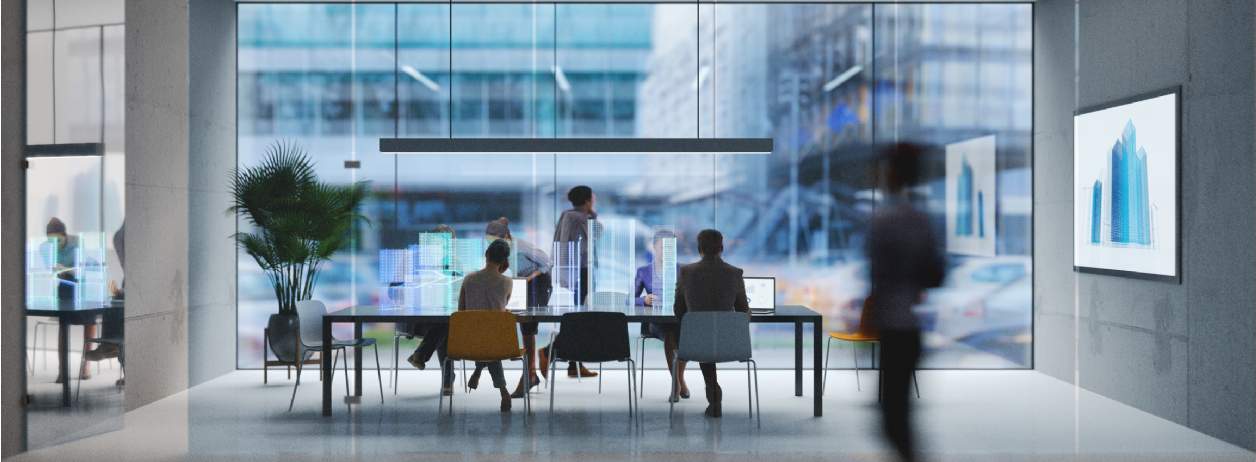This blog was written by Wouter van 't Grunewold, Market Intelligence Analyst and Femke Boon, Facility Manager in Savills Property Management department in the Netherlands.
As often noted, the COVID-19 pandemic has had a major impact on the use of office space in the Netherlands. For example, Het Financieele Dagblad devoted an article on 16 December 2022 to the low occupancy rate of offices, but is this a true reflection of the market?
The office is simply no longer used purely as a workplace, but to a greater extent also as a place for meetings and creative thinking. Employees prefer to go to the office for interactions – to meet colleagues and clients. By contrast, work that requires focus is often performed at home. This makes high-quality, future-proof and flexible office space particularly popular. After all, the office building increasingly functions as a company's signboard, attracting both customers and potential employees.
Data on the occupancy rate of a representative multi-tenant office building in Amsterdam's South Axis district (CBD) shows that office occupancy rates have steadily increased from 44.9% in May 2022 to 66.5% in March 2023. Interestingly, the occupancy rate has remained stable between 60% - 70% since September 2022.

.jpg)
.jpg)
.jpg)
.jpg)
.jpg)
.jpg)
.jpg)
.jpg)
.jpg)
.jpg)